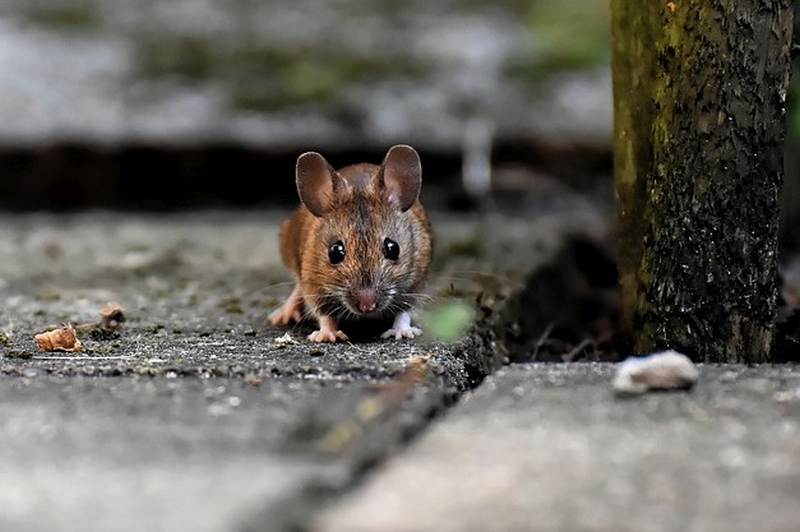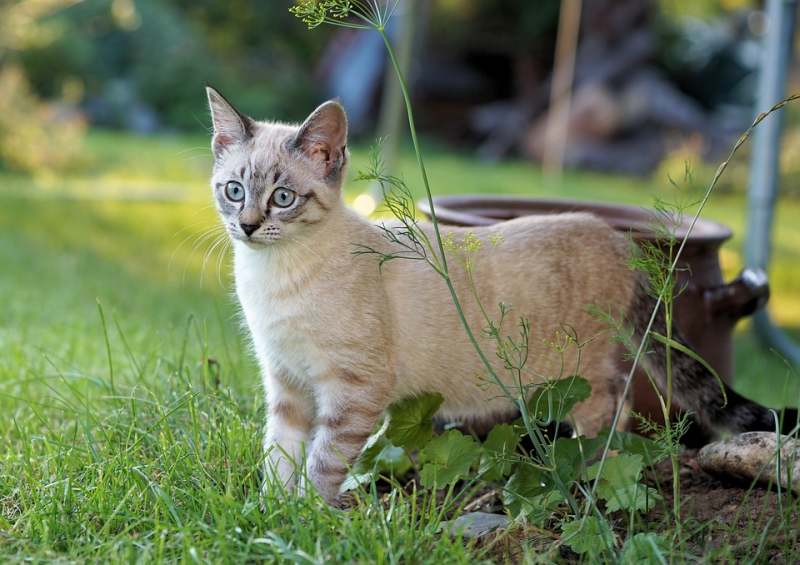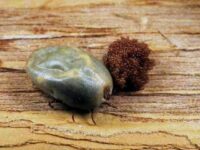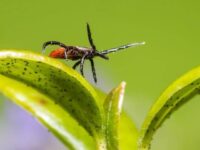Ticks are small, blood-sucking ectoparasites waiting for a suitable victim by questing in hiding places around your home, in your yard, out in parks and forests. They are virtually everywhere in nature throughout the world, wherever they find a suitable environment. As with most ectoparasites, ticks can spread diseases to humans and pets. Eliminating tick populations can reduce the risk of tick-transmitted diseases. Here are some tips on how to reduce ticks in the yard, house, and garden and how to destroy their hiding and breeding places.
How to reduce ticks in your yard?
Keeping your yard clean and tidy and eliminating tick breeding grounds is the first step in promoting a tick-free environment. They may never be completely eradicated from your home and yard but you may reduce their numbers.
Grow plants that repel unwanted pests and ticks. Cut back trees and shrubs so that more sunlight reaches the ground. Ticks like it damp and cool. In a dry and sunny garden, they feel rather uncomfortable. All these are the first steps to reduce ticks in your garden and home. Below are some more tips to reduce ticks in your yard.
Keep your compound clean
To reduce ticks you should always keep your yard neat and clean. Ticks like moist and damp hiding places that are low to the ground. That’s where they lay in wait and where they like to lay eggs and after successful blood meals develop from one stage to the next. If the yard is not clean, there will be many hidden places that will allow ticks to thrive and reproduce quickly and easily. So, remove all loose debris and unwanted things such as stones, bricks, discarded things, etc.

Driveaway mice
The preferred host of ticks that are in the nymph stage are mice and other rodents, so they are one of the main culprits spreading ticks into our living places. Mice and rodents not only cause considerable damage, but they are also food pests and disease carriers. You want to get rid of them fast because they can multiply rapidly. Remove their hiding places, destroy their nests, grow plants whose odor mice find repugnant, and get a cat.
Clean pets regularly
You need to regularly inspect your pet’s fur for tick infestation. Pets are the initial target for ticks and easily pick them up during their excursions. At home in your house or yard, the ticks may fall off again. If the tick has had the chance to complete its blood meal, it is likely that it may be replicating and lay thousands of eggs somewhere in your surroundings. So monitor your pets and use pet repellent to protect them and yourself.

Mow your lawn
Keep your lawn short and mow it regularly at a low height. Remove shrubs, cut trees back correctly at the edges of the garden, because shady areas are the favorite hiding place for ticks. Letting light and sun reach the ground is a good method to reduce ticks in the yard and garden.
Growing insect-repelling plants
A good and natural method to get reduce ticks in your yard is growing bug-repelling plants. Insect-repelling plants give off a strong odor that ticks and other parasites don’t like. These plants help to create an environment that is “unpleasant” for ticks to live in.

Avoid overwatering
Ticks reproduce faster in moist and damp environments. So, overwatering should be avoided. Reduce dark and shady places by trimming trees and bushes.
Bring out Beneficial Nematodes
Nematodes are roundworms that occur in almost every habitat worldwide. They are tiny organisms that live both freely or parasitically in plants and animals.
Nematodes can be used for biological pest control against various pests. Some Nematode species infest ticks and use them as hosts to reproduce and in the process kill them, thereby reducing and taking out the next generation of ticks.
Applications containing these Beneficial Nematodes can be purchased. It is simple and safe to apply as it just needs to be mixed with water and be sprayed around the yard to increase the number of natural nematodes and help reduce unwanted pests. Read this post for more info on nematodes
How to reduce ticks in the yard
The above-mentioned tips hopefully help you to reduce the number of ticks in your garden. But even if they may reduce ticks in your yard, you should use additional measures to protect yourself from tick bites. This includes wearing long clothing, applying effective tick repellents and regularly checking your body for ticks after gardening.



